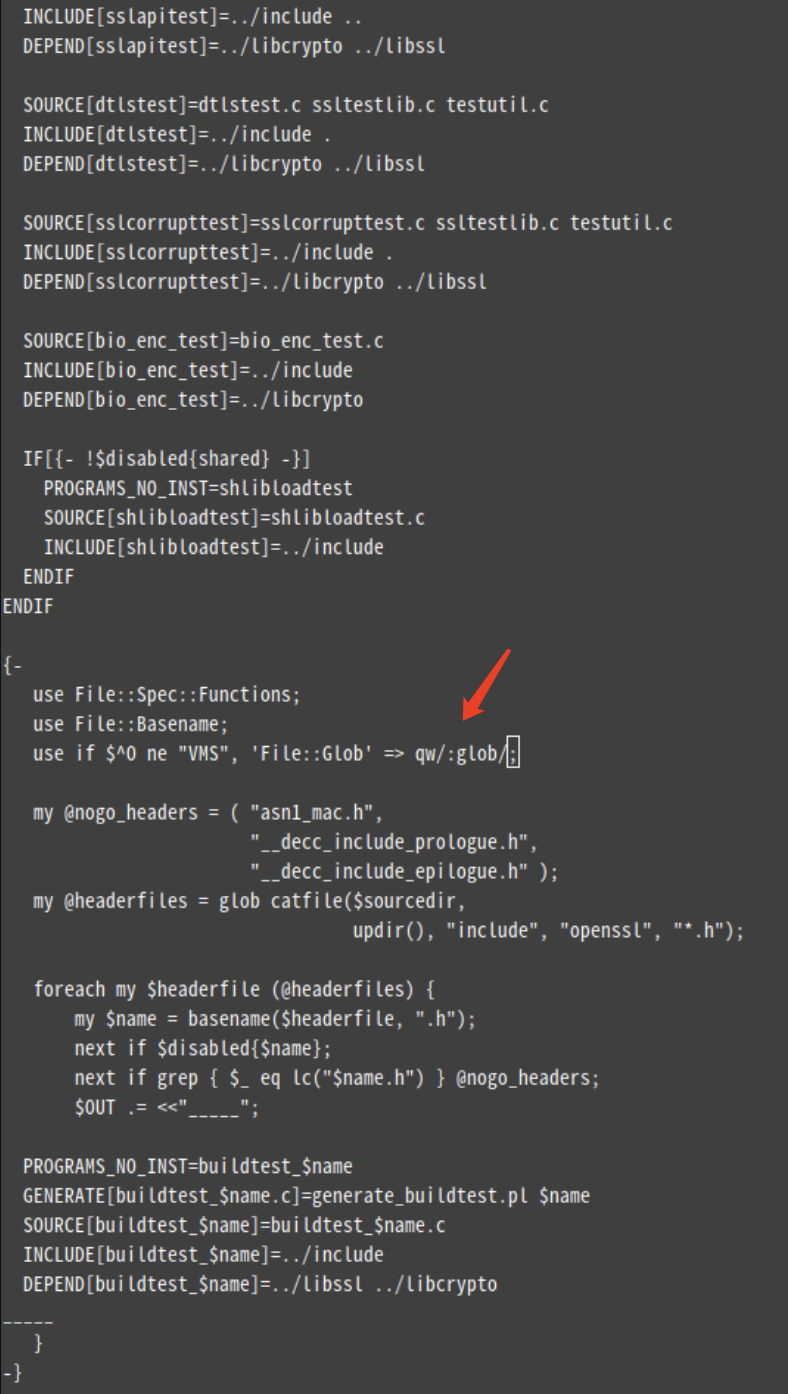用法
get_terms($taxonomies, $args = )
传递变量按 wp_parse_args()等函数所用的格式。
$myterms = get_terms("orderby=count&hide_empty=false");$args = array(
'orderby' => 'name',
'order' => 'ASC',
'hide_empty' => true,
'exclude' => array(),
'exclude_tree' => array(),
'include' => array(),
'number' => ,
'fields' => 'all',
'slug' => ,
'parent' => ,
'hierarchical' => true,
'child_of' => 0,
'get' => ,
'name__like' => ,
'pad_counts' => false,
'offset' => ,
'search' => ,
'cache_domain' => 'core'
);orderby — 默认值为’name’,可以是名称,计数或空(使用term_id)
order — 默认值为ASC。有效值也包括DESC。
hide_empty — 默认值为true。不返回空$terms。
fields — 默认值为all。
slug — 任何含有slug的term都可以作为该变量的值。默认为空字符串。
hierarchical — 是否返回层级分类法。默认值为true。
name_like — 默认值为空字符串。
pad_counts — 默认值为FALSE。值为true时将计算包括$terms在内的所有子辈。
get — 默认值为空。可通过为’all’赋值来改写’hide_empty’和’child_of’。
child_of — 默认值为0。获取该term的所有后代。
parent — 默认值为0。获取该term的直系子辈(即上辈明确为该值的term)。
应用
获取所有分类按‘count’排序
字符串参数格式:
$categories = get_terms( 'category', 'orderby=count&hide_empty=0' );
数组参数格式:
$categories = get_terms( 'category', array(
'orderby' => 'count',
'hide_empty' => 0
) );
获取所有友情链接的分类:
$mylinks_categories = get_terms('link_category', 'orderby=count&hide_empty=0');
列出所有不带链接的自定义分类:
$terms = get_terms("my_taxonomy");
$count = count($terms);
if ( $count > 0 ){
echo "<ul>";
foreach ( $terms as $term ) {
echo "<li>" . $term->name . "</li>";}
echo "</ul>";
}列出所有带上链接的自定义分类:
$args = array( 'taxonomy' => 'my_term' );$terms = get_terms('my_term', $args);$count = count($terms); $i=0;
if ($count > 0) {
$cape_list = '<p class="my_term-archive">';
foreach ($terms as $term) {
$i++;
$term_list .= '<a href="/term-base/' . $term->slug . '" title="' . sprintf(__('View all post filed under %s', 'my_localization_domain'), $term->name) . '">' . $term->name . '</a>';
if ($count != $i) $term_list .= ' · '; else $term_list .= '</p>';
}
echo $term_list;
}源代码
get_terms() 位于 wp-includes/taxonomy.php






